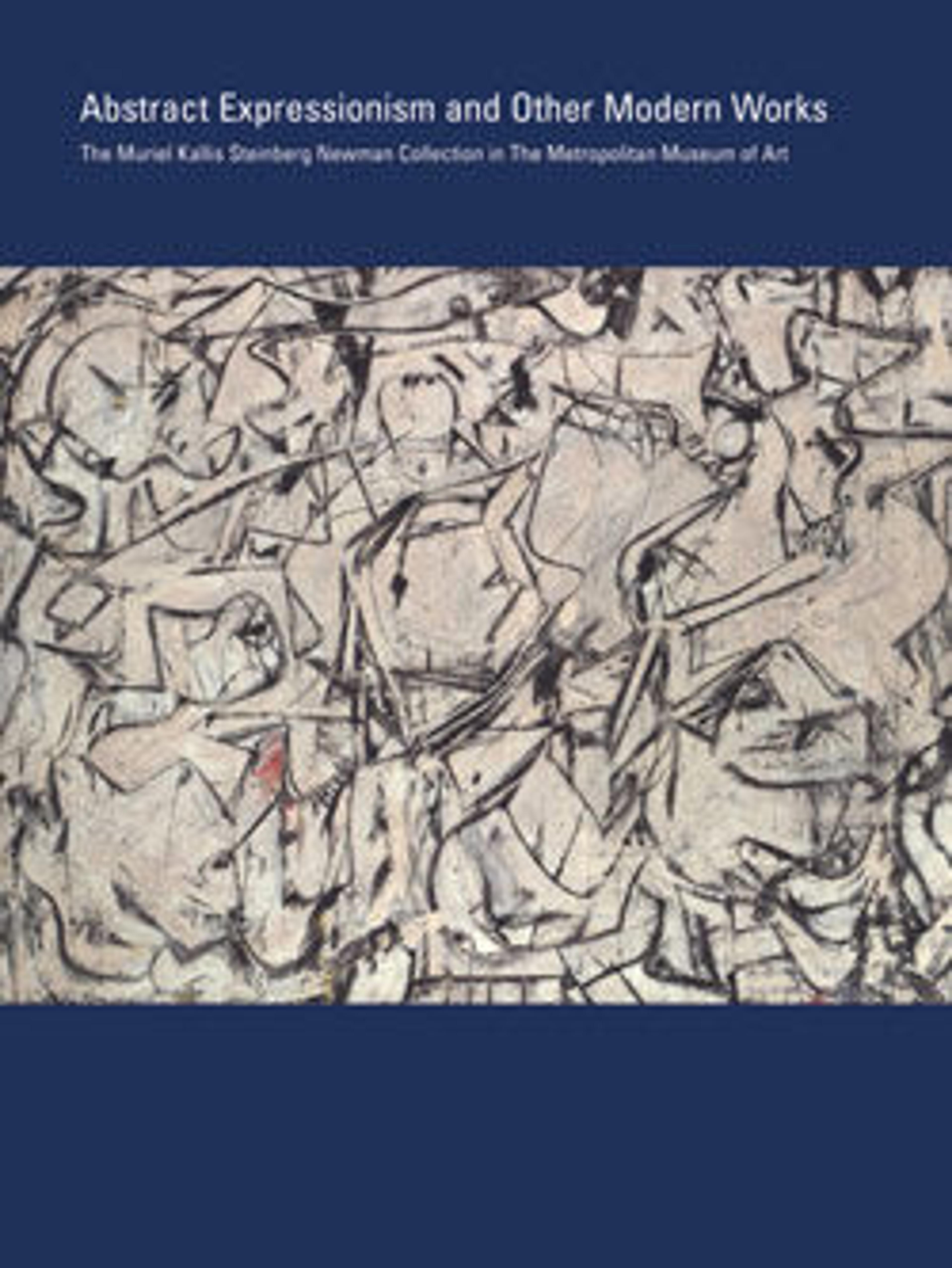Four Directions
Four Directions is one of Calder’s signature mobiles, a type of multifaceted sculpture he typically constructed with cut pieces of lightweight painted aluminum connected by wire. Hung from the ceiling, the piece responds to its environment, especially changes in airflow, by setting into slow, drifting motion. The artist choreographed the general direction of its movement by determining and executing effective systems of counterbalance, with larger elements offsetting the combined weight of clusters of smaller ones. Due to this effect of floating equilibrium, Calder’s sculpture resembles constellations of celestial bodies in space. Its palette of primary colors—blue, red, and yellow (accompanied by black and white)—recalls his early exposure to the work of Dutch painter and designer Piet Mondrian, which he credited for his own turn to abstraction.
Artwork Details
- Title: Four Directions
- Artist: Alexander Calder (American, Philadelphia, Pennsylvania 1898–1976 New York)
- Date: 1956
- Medium: Hanging mobile: painted aluminum and iron wire
- Dimensions: 41 x 80 x 84 in. (104.1 x 203.2 x 213.4 cm)
- Classification: Sculpture
- Credit Line: The Muriel Kallis Steinberg Newman Collection, Gift of Muriel Kallis Newman, 2006
- Object Number: 2006.32.4a, b
- Rights and Reproduction: © 2025 Artists Rights Society (ARS), New York
- Curatorial Department: Modern and Contemporary Art
More Artwork
Research Resources
The Met provides unparalleled resources for research and welcomes an international community of students and scholars. The Met's Open Access API is where creators and researchers can connect to the The Met collection. Open Access data and public domain images are available for unrestricted commercial and noncommercial use without permission or fee.
To request images under copyright and other restrictions, please use this Image Request form.
Feedback
We continue to research and examine historical and cultural context for objects in The Met collection. If you have comments or questions about this object record, please complete and submit this form. The Museum looks forward to receiving your comments.
